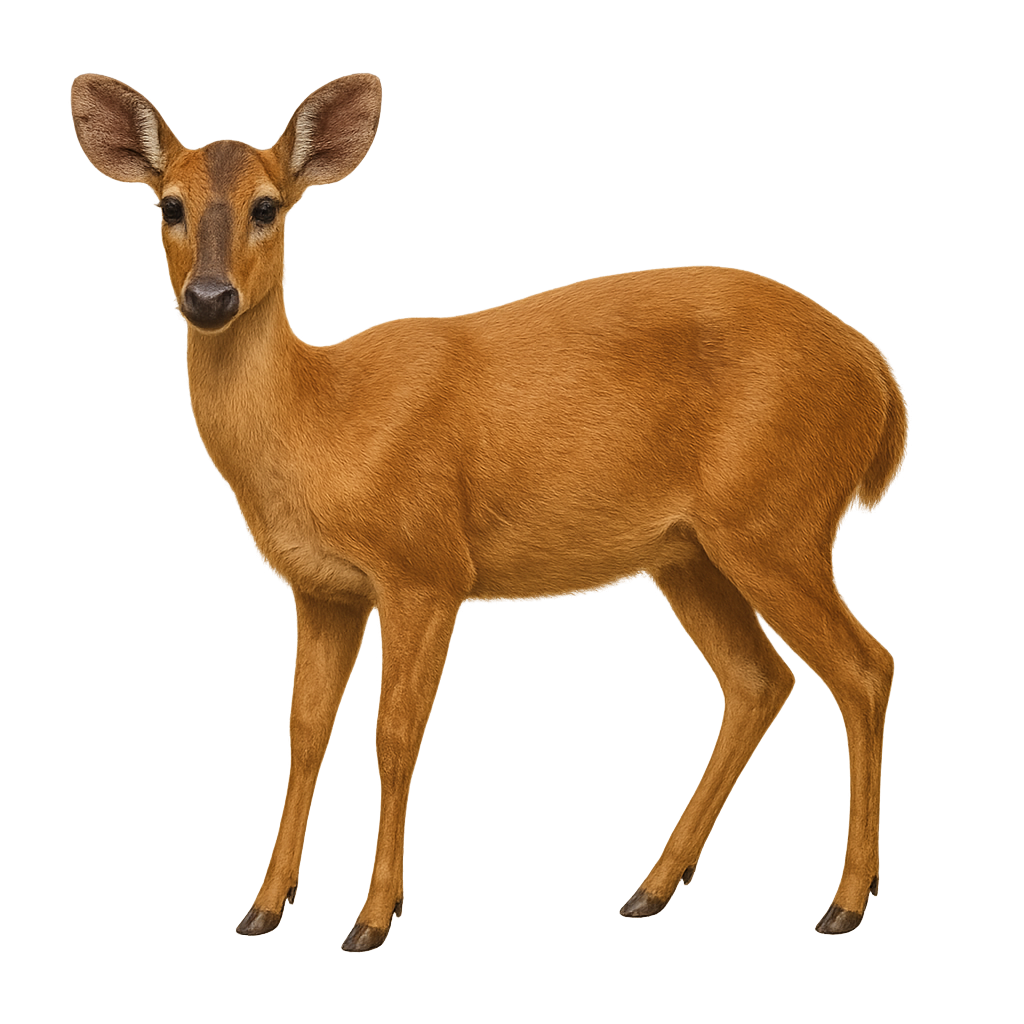Your wildlife photography guide.
Explore the red brocket in detail, study its behavior, prepare your shots.
Where to observe and photograph the red brocket in the wild
Learn where and when to spot the red brocket in the wild, how to identify the species based on distinctive features, and what natural environments it inhabits. The WildlifePhotographer app offers tailored photography tips that reflect the red brocket’s behavior, helping you capture better wildlife images. Explore the full species profile for key information including description, habitat, active periods, and approach techniques.
Red Brocket
Scientific name: Mazama americana

IUCN Status: Vulnerable
Family: CERVIDAE
Group: Mammals
Sensitivity to human approach: Very shy
Minimum approach distance: 20 m
Rut period: September to December
Gestation: 200-220 jours
Births: March to May
Habitat:
Tropical forests, subtropical forests, savannas
Activity period :
Mainly active at night, generally discreet during the day.
Identification and description:
The Mazama americana, or red brocket, is a small deer native to South America. It is characterized by its reddish coat and modest size, standing about 70 to 80 cm at the shoulder. This deer prefers dense forests where it can hide from predators. It is mostly solitary except during the breeding season. Its diet consists of leaves, fruits, and young shoots. Although relatively discreet, it plays a crucial role in seed dispersal, aiding forest regeneration. Its population is threatened by deforestation and hunting, leading to its classification as a vulnerable species by the IUCN.
Recommended lens:
400 mm – adjust based on distance, desired framing (portrait or habitat), and approach conditions.
Photography tips:
To photograph the Mazama americana, it is advisable to use a telephoto lens of at least 400mm to capture detailed images from a distance, as this animal is very shy. Focus on crepuscular hours when the deer's activity is at its peak. Stay discreet and avoid sudden movements to prevent scaring it away. Use a tripod to stabilize your camera and achieve sharp images, especially in the low-light conditions of dense forests.
The WildlifePhotographer App is coming soon!
Be the first to explore the best nature spots, track rutting seasons, log your observations, and observe more wildlife.
Already 1 439 wildlife lovers subscribed worldwide

